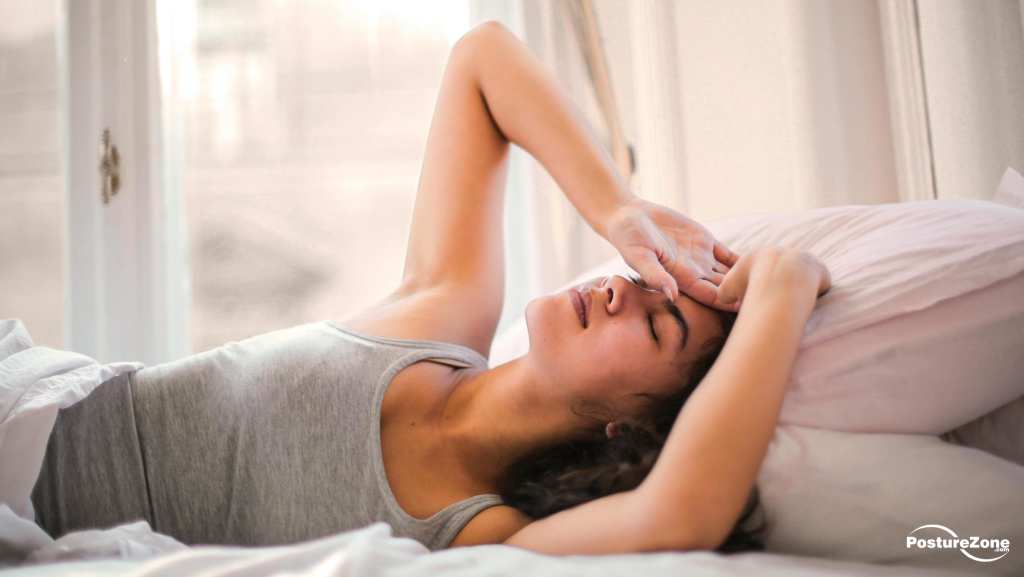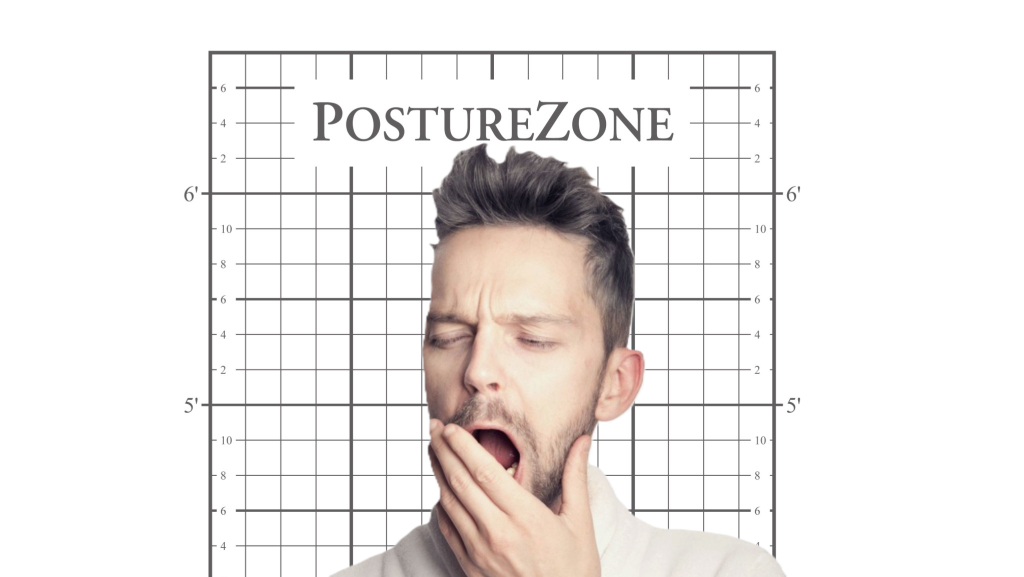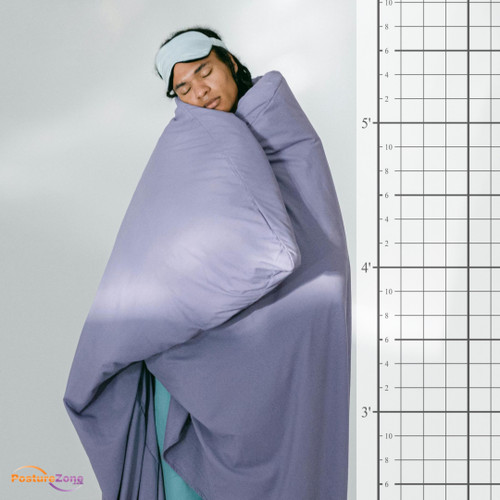Integrating Posture Assessment in Sleep Centers: A Whole-Person Approach to Sleep Studies
Posted by Renee North, CPT, CPEP on 7th Jul 2025
As sleep professionals, we often focus on airway, brainwave activity, and behavioral triggers—but what about the body’s structural alignment? The relationship between posture and sleep quality is frequently overlooked, yet it plays a critical role in both breathing and physical comfort at night. That’s why more sleep centers are beginning to integrate posture assessments into their intake and follow-up protocols.
Whether you're a sleep technologist, respiratory therapist, or clinical director, understanding and evaluating posture can offer a new dimension in uncovering the root of persistent sleep complaints—especially those involving snoring, upper airway resistance, chronic pain, or disrupted sleep patterns.

Why Posture Matters in Sleep Medicine
Modern sleep patients often arrive with a host of musculoskeletal issues: forward head posture from screen time, slumped thoracic spines, and poor ergonomic habits that contribute to chronic discomfort. These structural misalignments can directly affect:
-
Airway patency (especially in supine positions)
-
Neck and shoulder tension that interrupts deep sleep
-
Chronic low back pain, which can limit comfortable sleeping positions
-
Circulatory restriction during sleep due to joint compression
Even with a successful CPAP titration or behavioral intervention, a patient’s poor postural mechanics may continue to disrupt their rest and recovery. Adding a posture screen helps uncover these often-unaddressed contributors.
The Role of the PostureZone® Assessment Grid
A simple, effective way to incorporate posture into your evaluations is with the PostureZone® posture assessment grid. This tool makes it easy to:
-
Capture visual posture baselines during intake
-
Track patient progress over time with side-by-side photos
-
Educate patients about how body alignment affects sleep quality
-
Provide documentation that supports referrals or therapeutic recommendations
Using the grid, clinicians can perform a quick visual posture screen in under five minutes. It can be integrated into sleep center workflows as part of intake forms, pain questionnaires, or ergonomics consultations.

Practical Applications in Sleep Center Settings
1. Pain-Related Sleep Disruption
If your center sees patients reporting chronic pain that interferes with sleep, a posture screen can identify whether musculoskeletal factors may be involved. Patients with anterior pelvic tilt, scoliosis, or significant head-forward posture may benefit from body alignment interventions.
2. Positional Sleep Apnea and UARS
Posture affects tongue position and airway space, especially in supine sleepers. Postural evaluation can support a broader treatment strategy for patients with positional apneas or upper airway resistance syndrome.
3. Pre- and Post-Device Usage Tracking
For patients beginning CPAP, oral appliances, or even special sleep pillows, using the PostureZone grid can help visually monitor structural changes in head, neck, or shoulder positioning—especially if there's discomfort or tension resulting from the device.
4. Collaborative Care and Referrals
Postural findings can justify referrals to physical therapists, chiropractors, or posture specialists. Adding posture data to the patient chart gives other providers a tangible visual reference for shared care.
Getting Started
Posture assessment isn’t meant to replace diagnostic sleep studies—it enhances them. It adds another layer of functional insight into the patient’s overall wellness. And in an era of integrated care and patient-centered sleep medicine, posture screening is a natural fit.
The PostureZone® grid is a low-cost, low-effort tool that can yield high-impact insights. Whether used as a screening aid, patient education tool, or documentation resource, it's a smart addition for any sleep practice that wants to address root causes of poor sleep—beyond just the data on the PSG.
Interested in adding posture to your sleep evaluations?
Start with one simple tool: Explore the PostureZone® Grid →


